Firewall Comparison: Packet Filtering vs Application Layer vs Stateful
VerifiedAdded on 2022/08/22
|7
|958
|15
Report
AI Summary
This report provides a detailed comparison of three primary types of firewalls: packet filtering, application-layer, and stateful-inspection firewalls. It explains how each type of firewall operates, highlighting their key differences and functionalities. Packet filtering firewalls monitor incoming and outgoing packets based on IP addresses and ports. Application-layer firewalls control input, output, and access to applications or services by monitoring system service calls. Stateful-inspection firewalls track the operating state and characteristics of network connections to distinguish legitimate packets. The report includes diagrams illustrating each firewall type and concludes with references to support the information presented, offering a comprehensive overview for understanding firewall technologies. Desklib offers a range of similar solved assignments and study resources for students.
1 out of 7
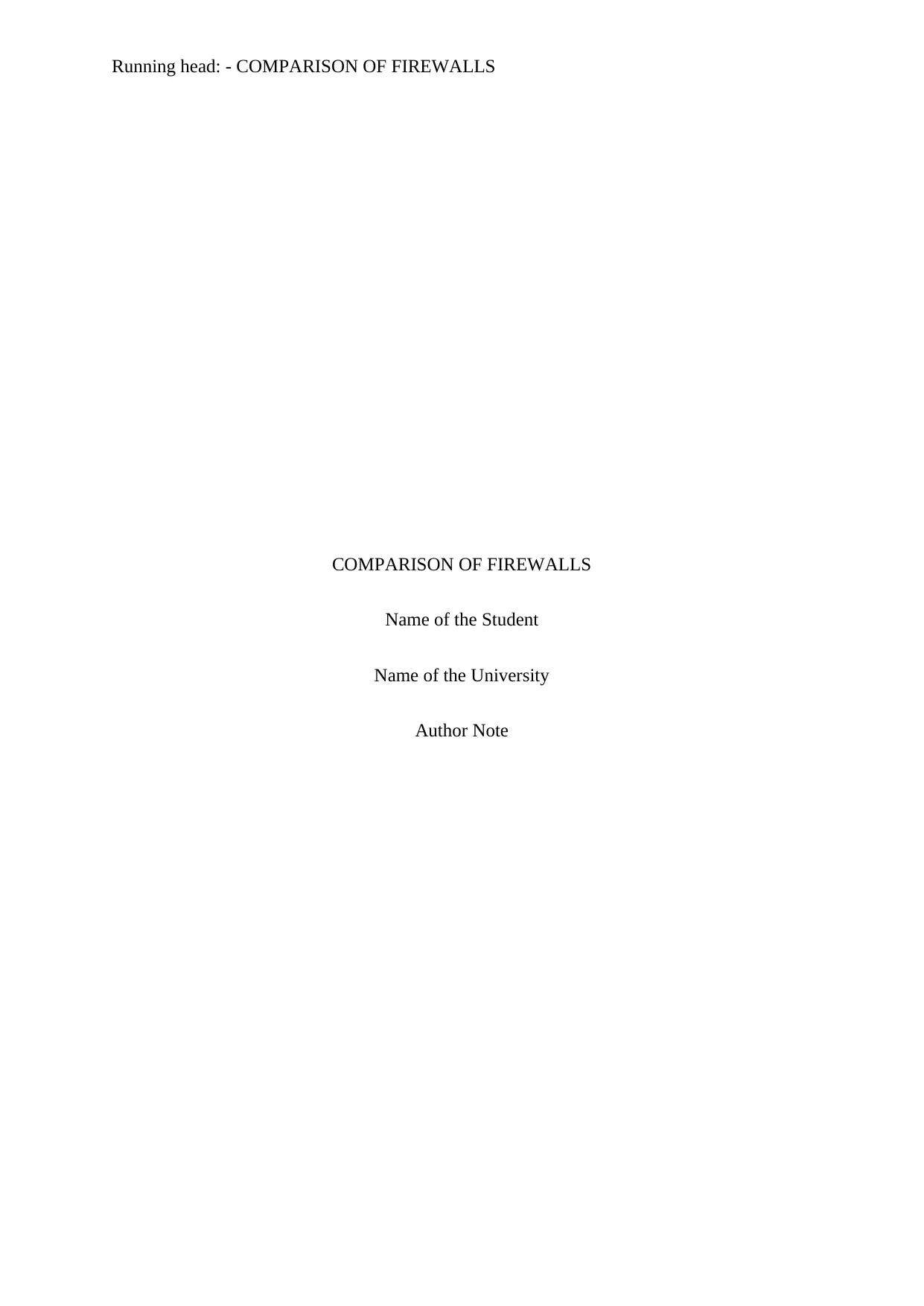
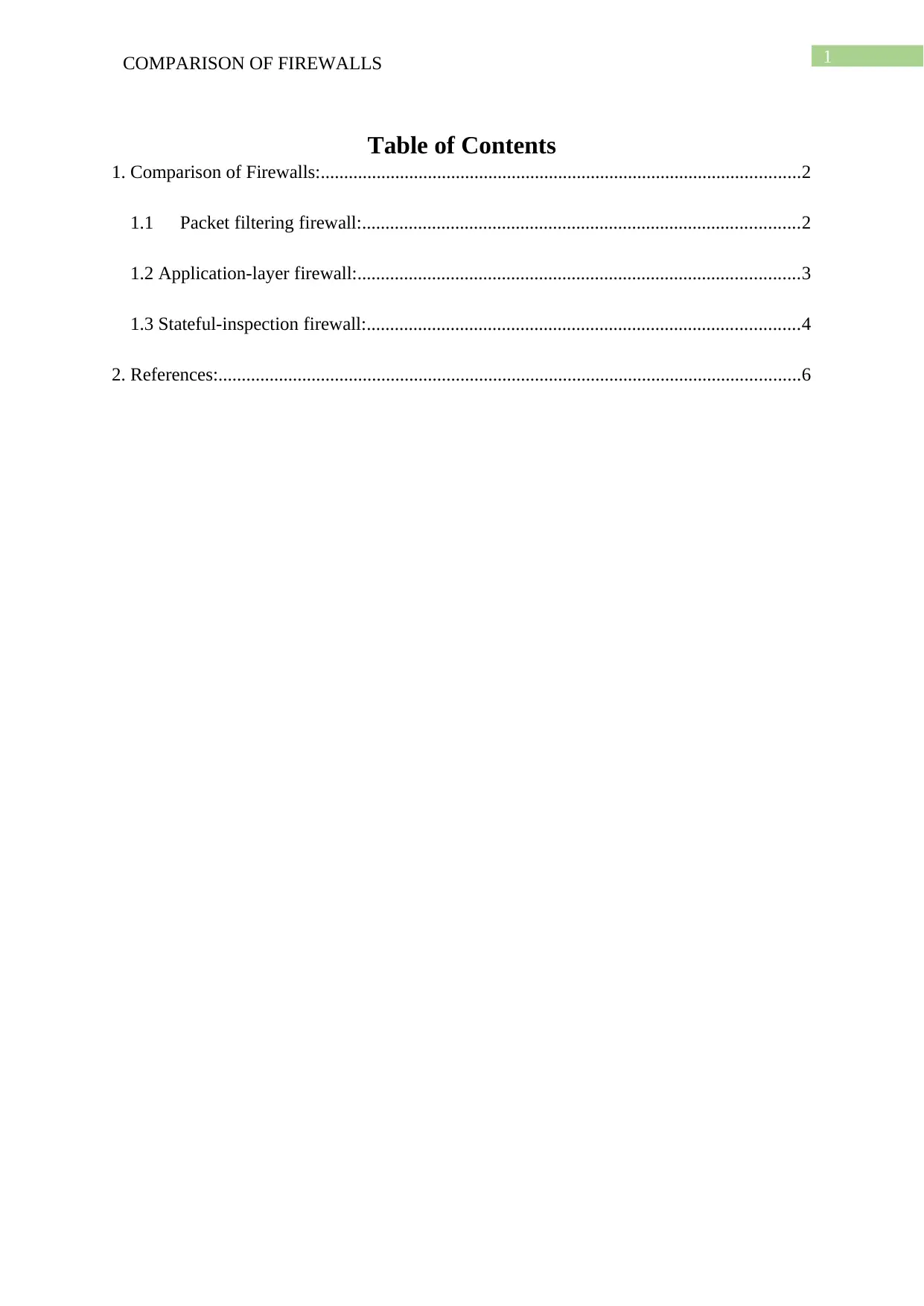
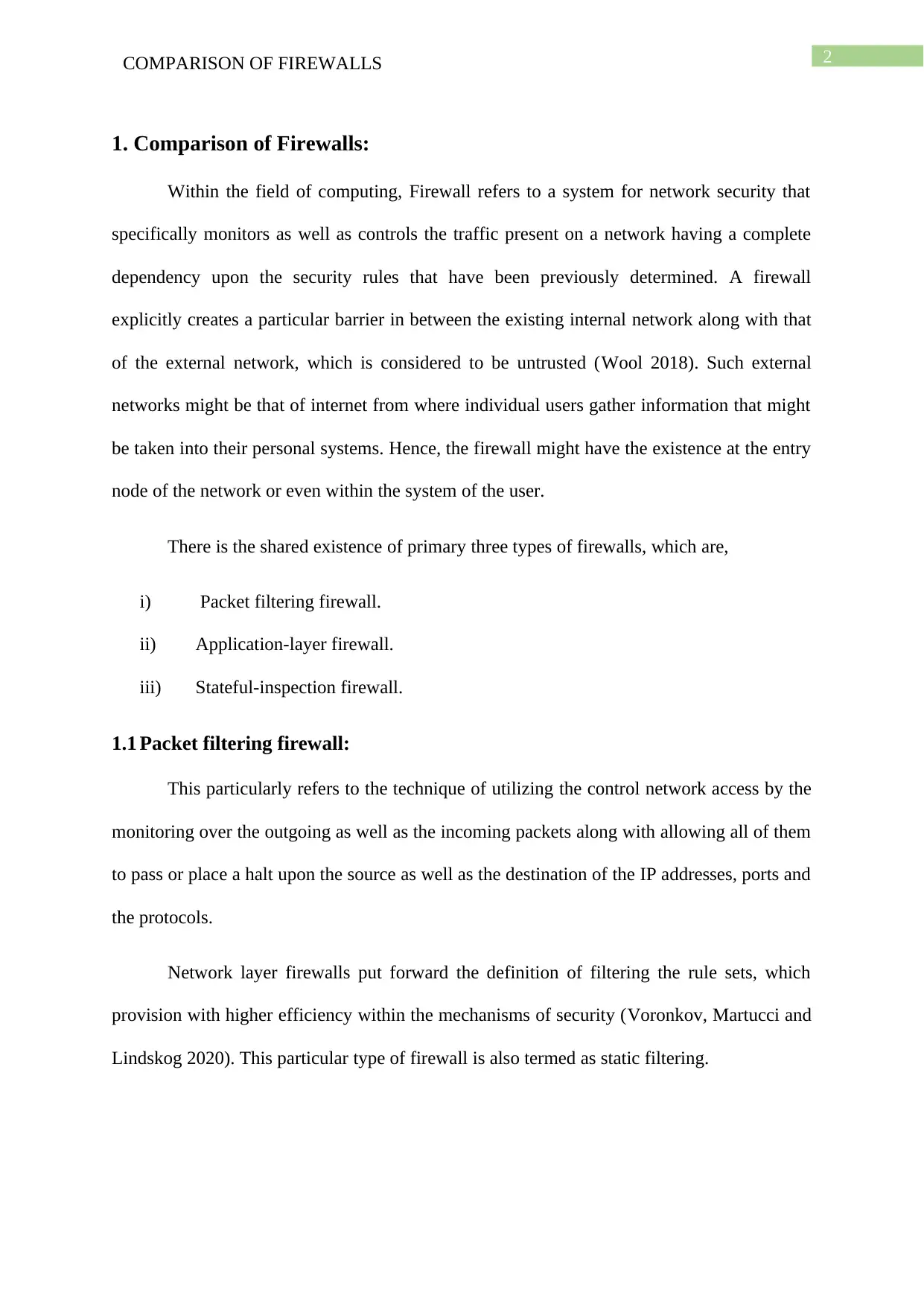
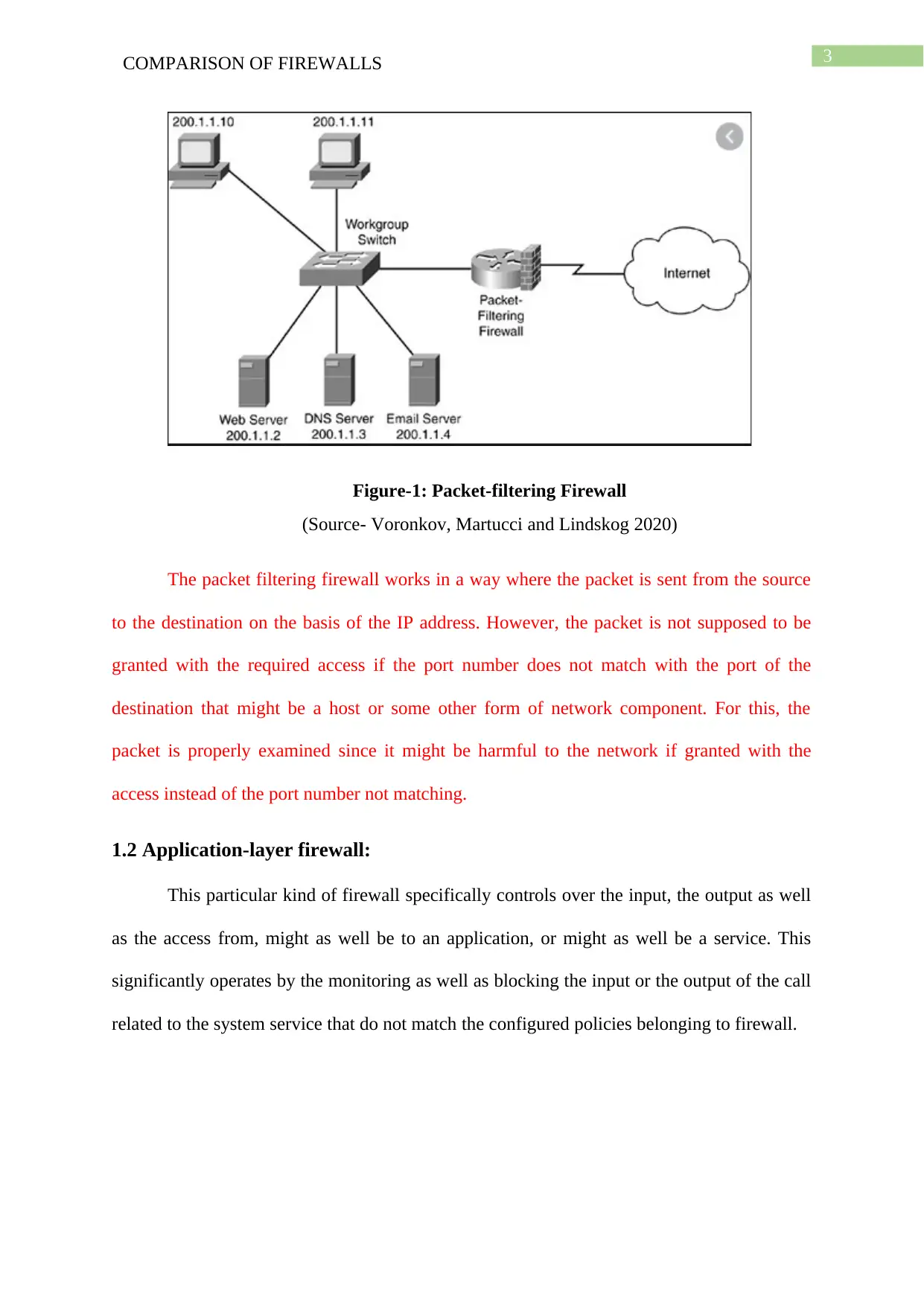
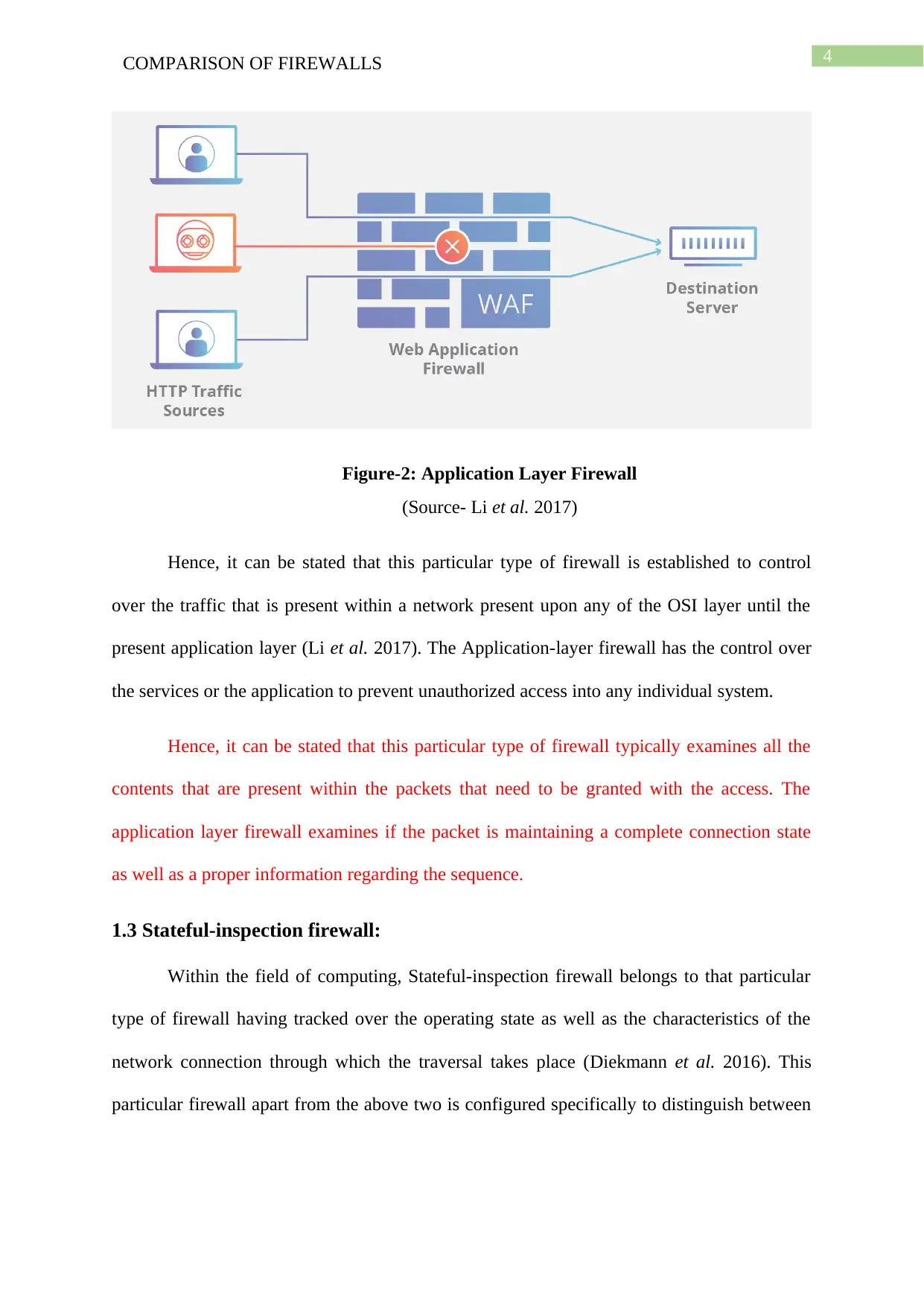
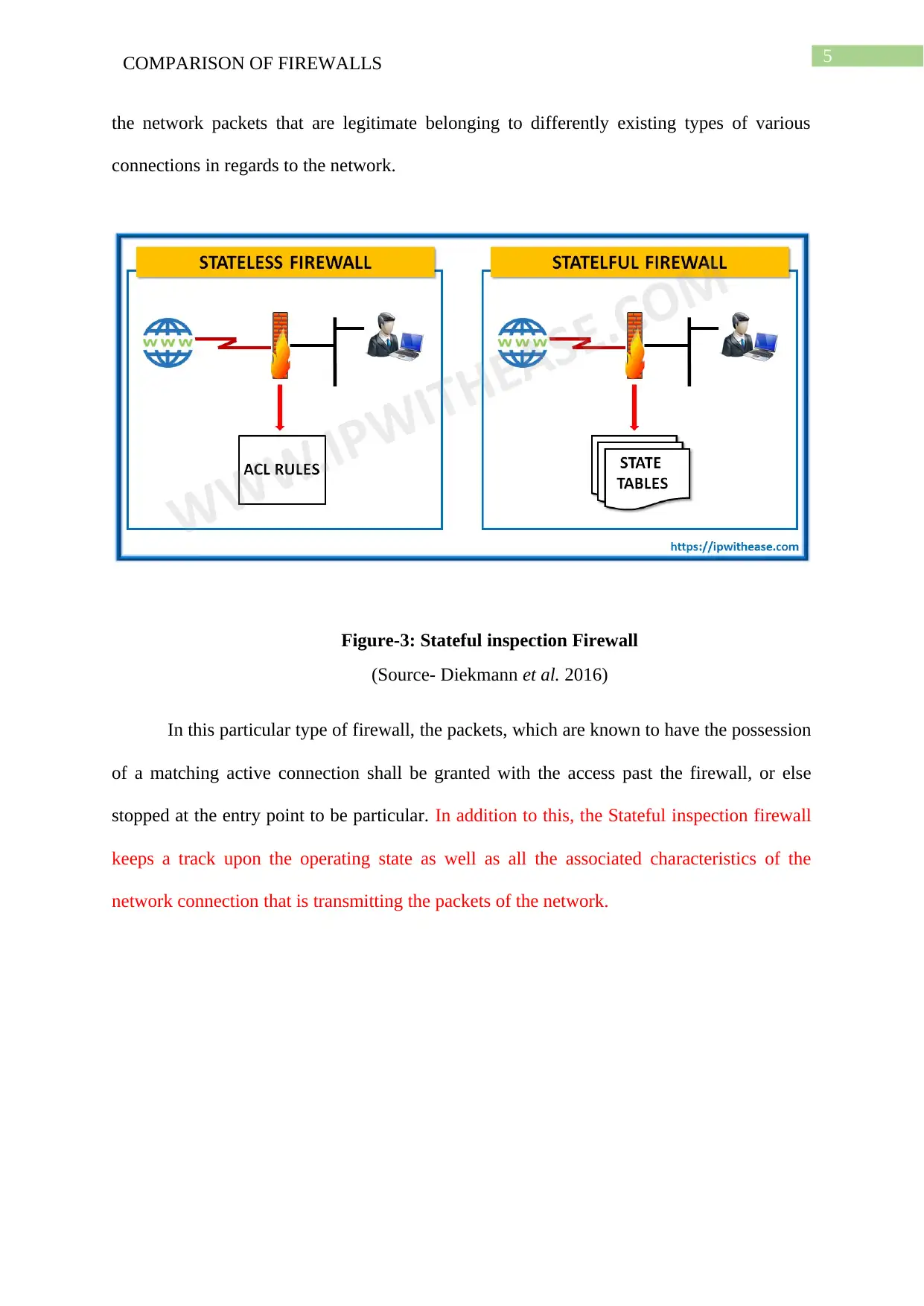
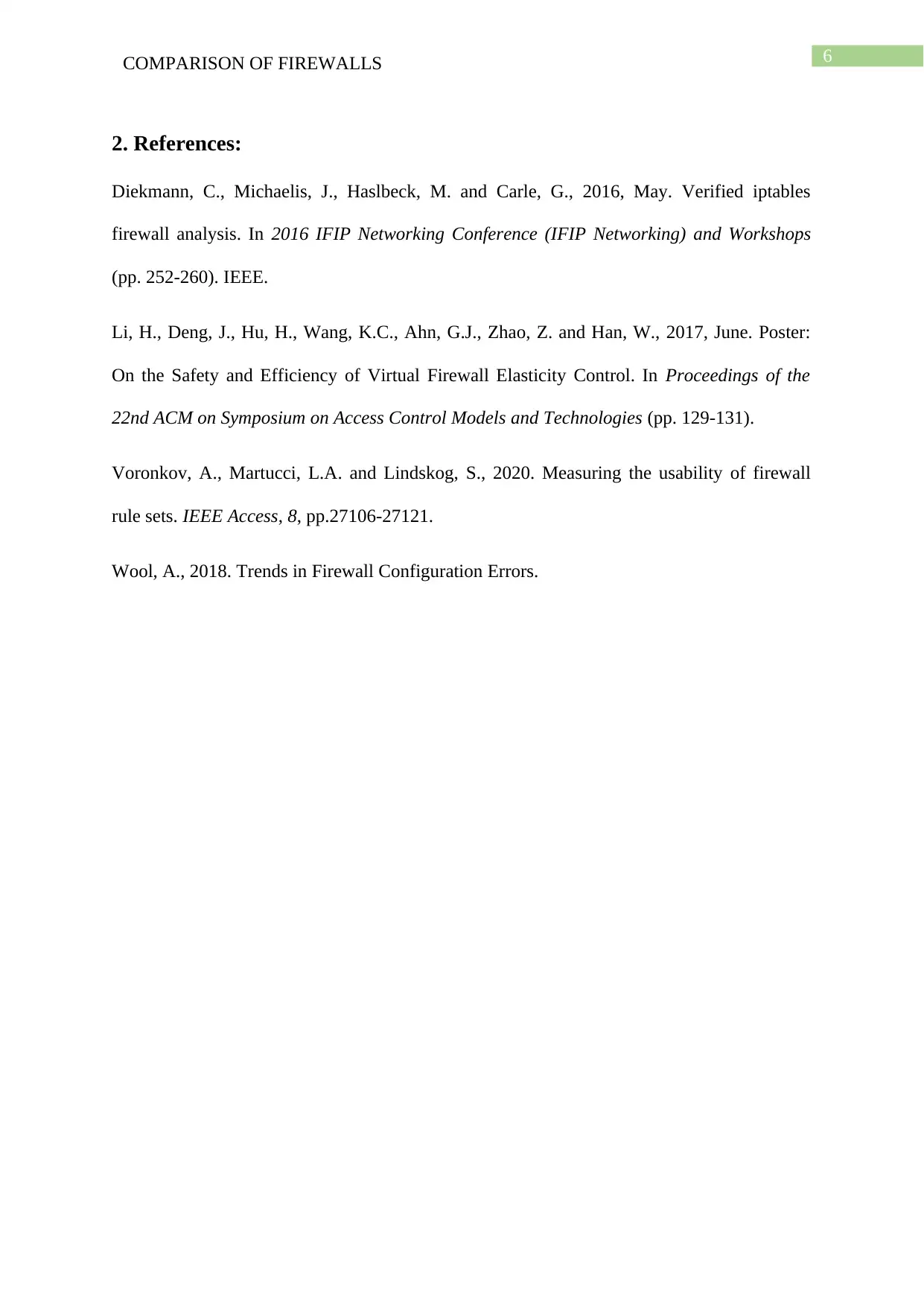






![[object Object]](/_next/static/media/star-bottom.7253800d.svg)